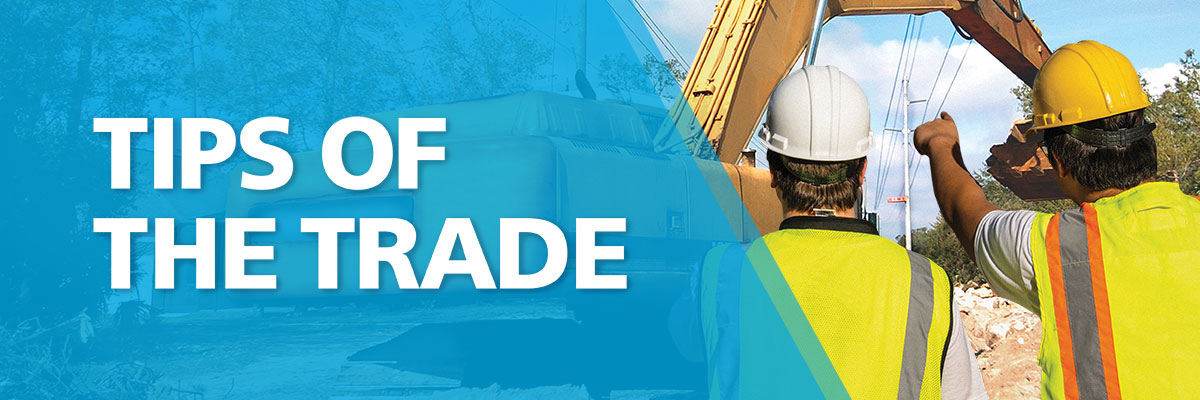|
 |
| Recognizing Natural Gas Leaks |
|
 |
| Everyone’s resources have been affected by the COVID-19 pandemic. You can help prevent locate delays by pre-marking your proposed dig area in white and notifying 811 of your planned excavation with as much lead time as is possible: up to 14 calendar days in California. To learn more about PG&E’s response to COVID-19, click here. |
|
|
| If you’re like most people, you’ve come to rely on your sense of smell to alert you to a natural gas leak. But a distinctive odor is not the only sign of a gas leak, especially on the job site. And in some cases, gas leaks don't smell at all. Learn why and how to use all your senses to detect leaking natural gas. |
|
| Don't Rely on Your Nose Alone |
| PG&E adds the odorant mercaptan to natural gas to help people smell a gas leak. This gives gas its distinctive smell; many describe it as similar to sulfur or rotten eggs, but it may smell differently to you. However, sometimes this odor is not apparent. This may occur when a person has smelled the odor for too long, when the odor is masked by other smells, or if the odor is stripped from the gas through physical or chemical processes. Additionally, some natural gas is not odorized. |
| Look and Listen for Gas Leak Signs |
| Use your eyes and ears (not just your nose) to alert you to the presence of a gas leak. |
| LOOK FOR: |
| • |
Dirt blowing into the air from a hole in the ground |
|
| • |
Continuous bubbling in water |
|
| • |
Dead or dying vegetation (in an otherwise moist area) over or near a pipeline |
| • |
An exposed pipeline after a fire, flood, earthquake or other disaster |
| • |
A damaged connection to a gas appliance |
|
|
| LISTEN FOR: |
| • |
A hissing, whistling or roaring sound |
|
|
| If You Suspect a Gas Leak… |
| Warn others and leave the area immediately. Do not use matches or lighters, start an engine or operate any electrical device—even a phone. Do NOT attempt to stop the flow of gas or fix the pipeline; leave the excavation open. From a safe location, call 911 immediately, then call PG&E and report the leak to your supervisor. Stay far away from the area until safety officials say it is safe to return. |
| Would You Like to Know More? |
| Additional utility safety tips, case studies, instructional videos and training tools can all be found, at no charge to you, on PG&E's e-SMARTworkers website. |
|
